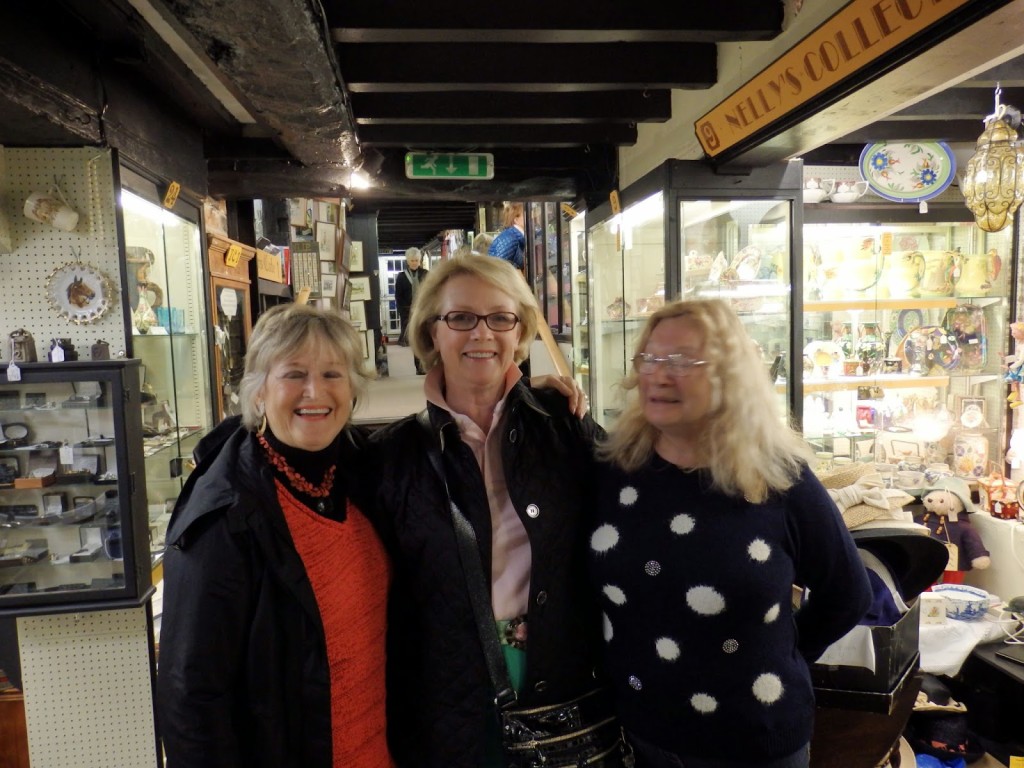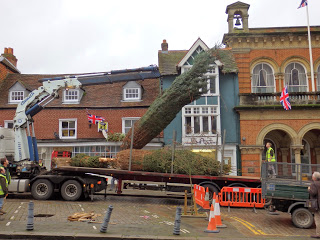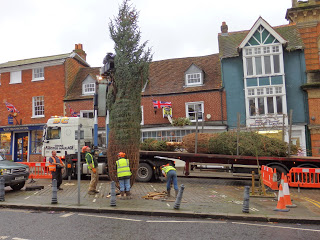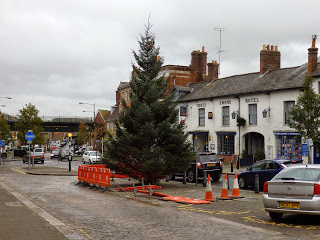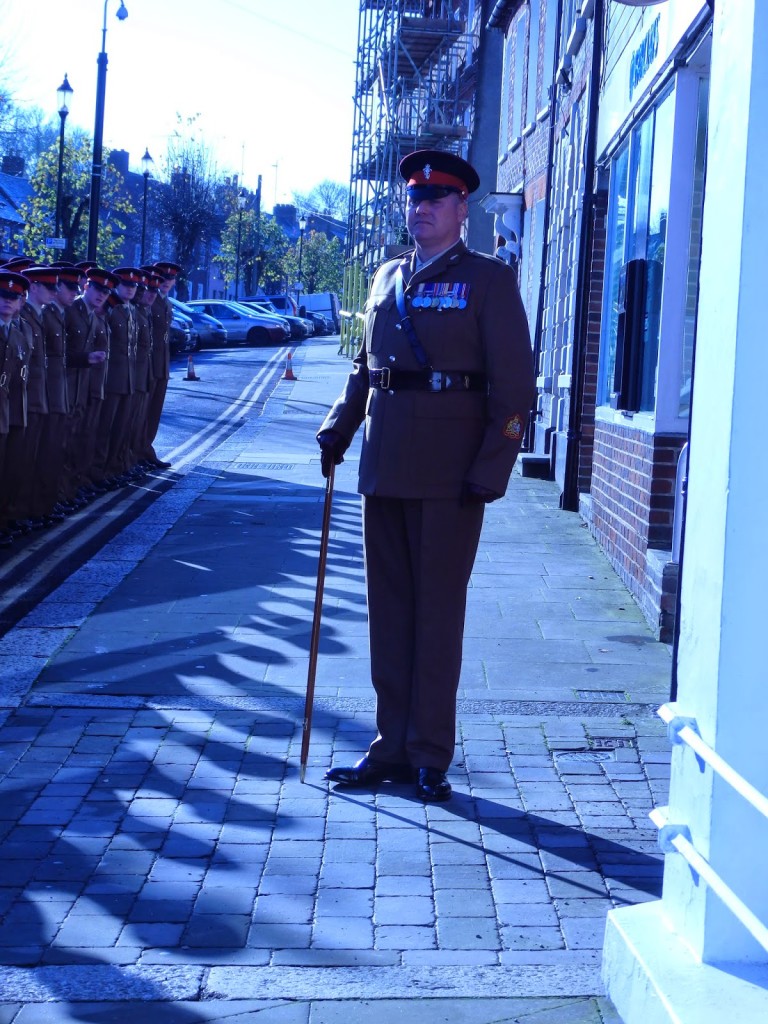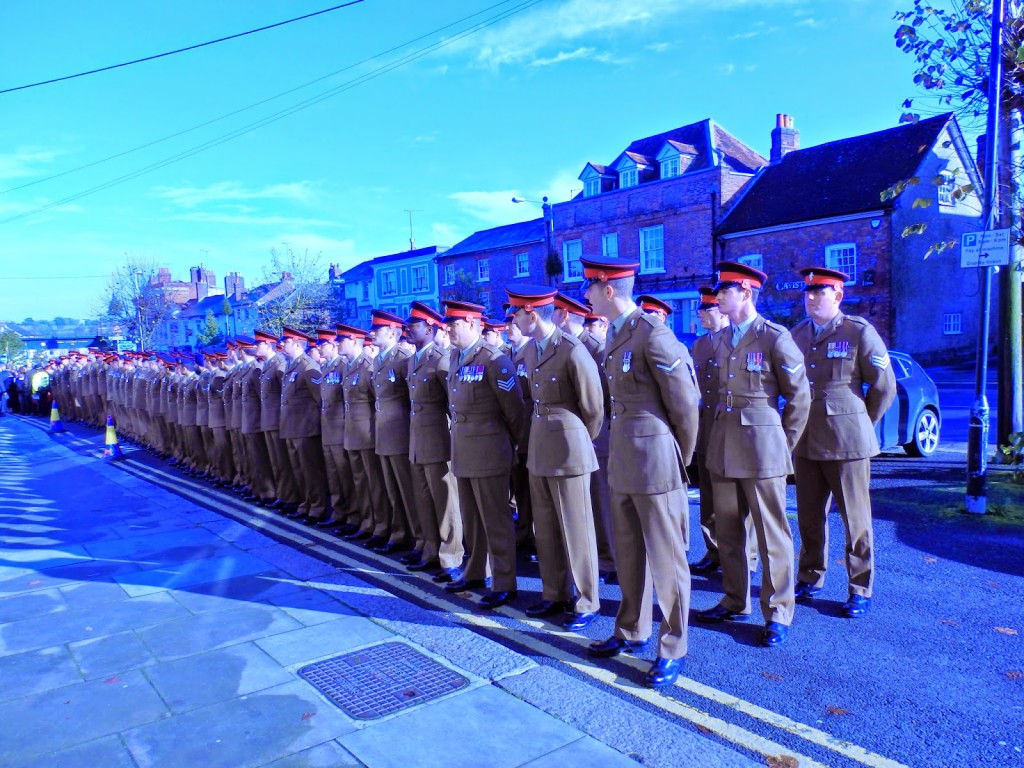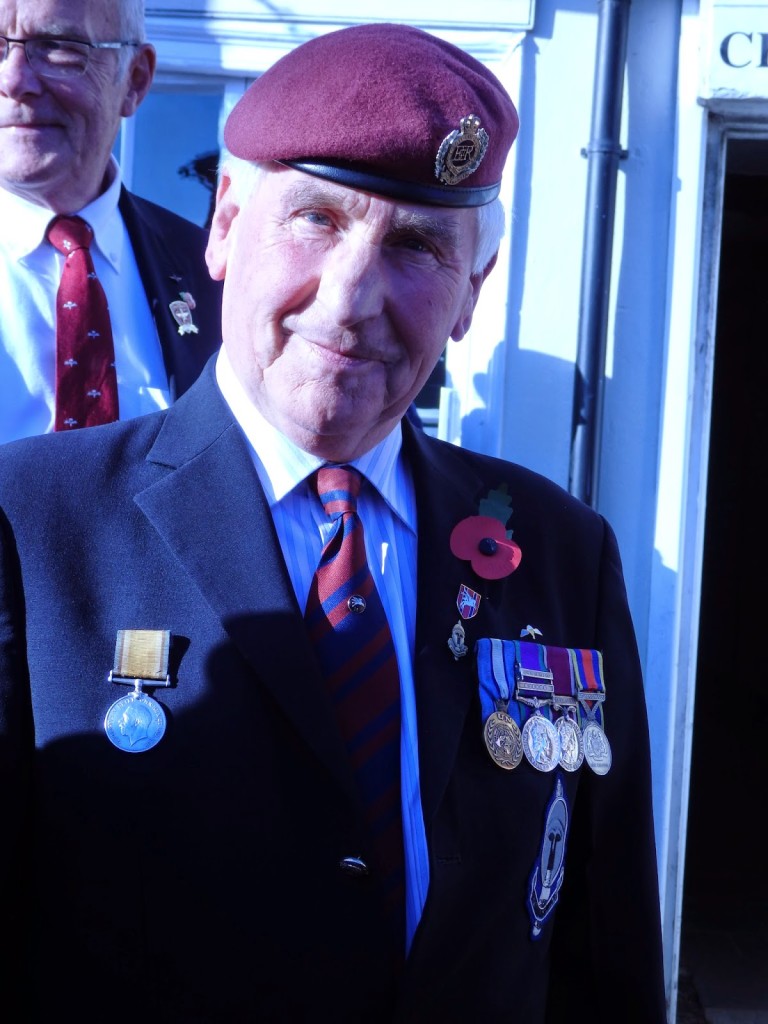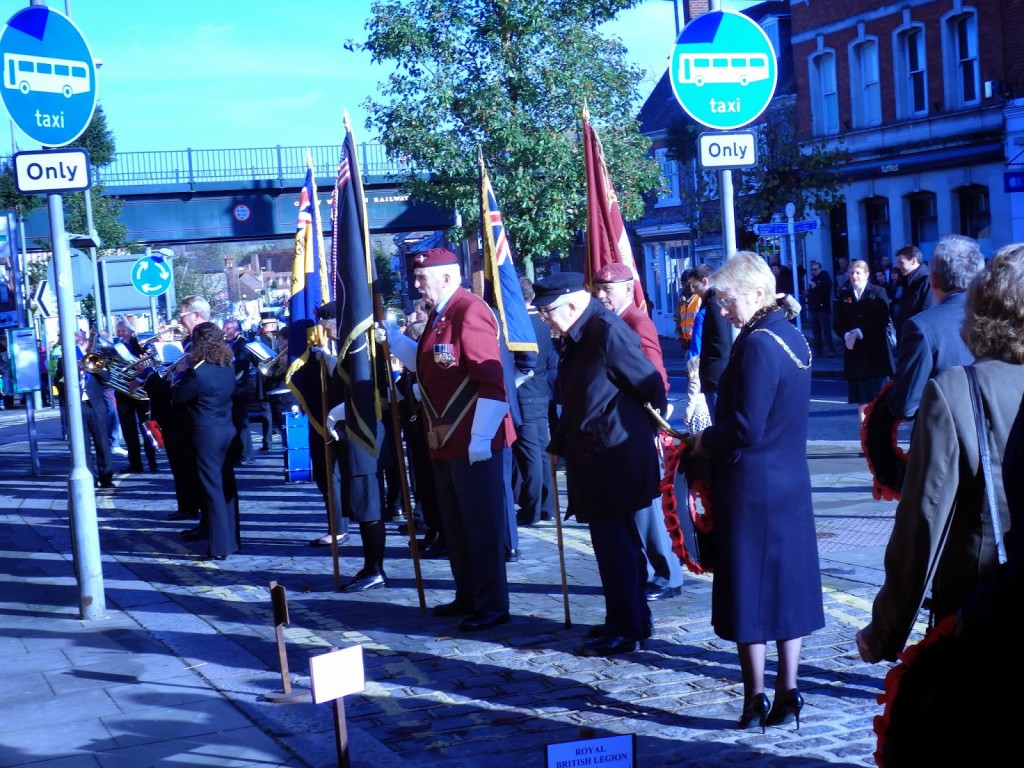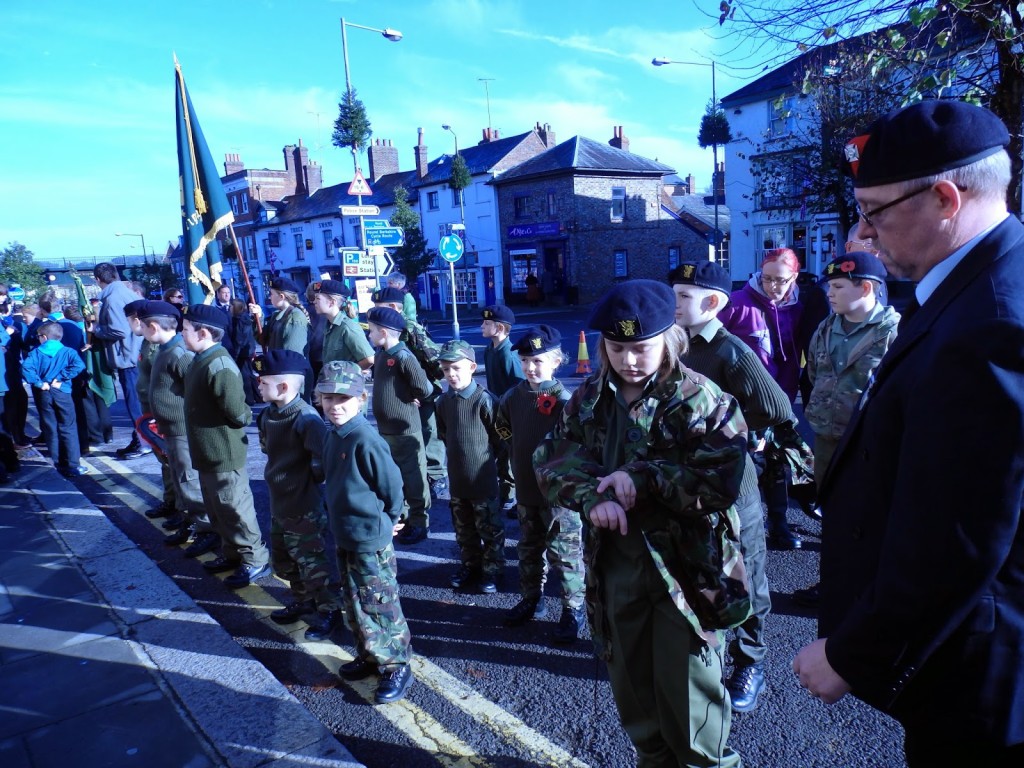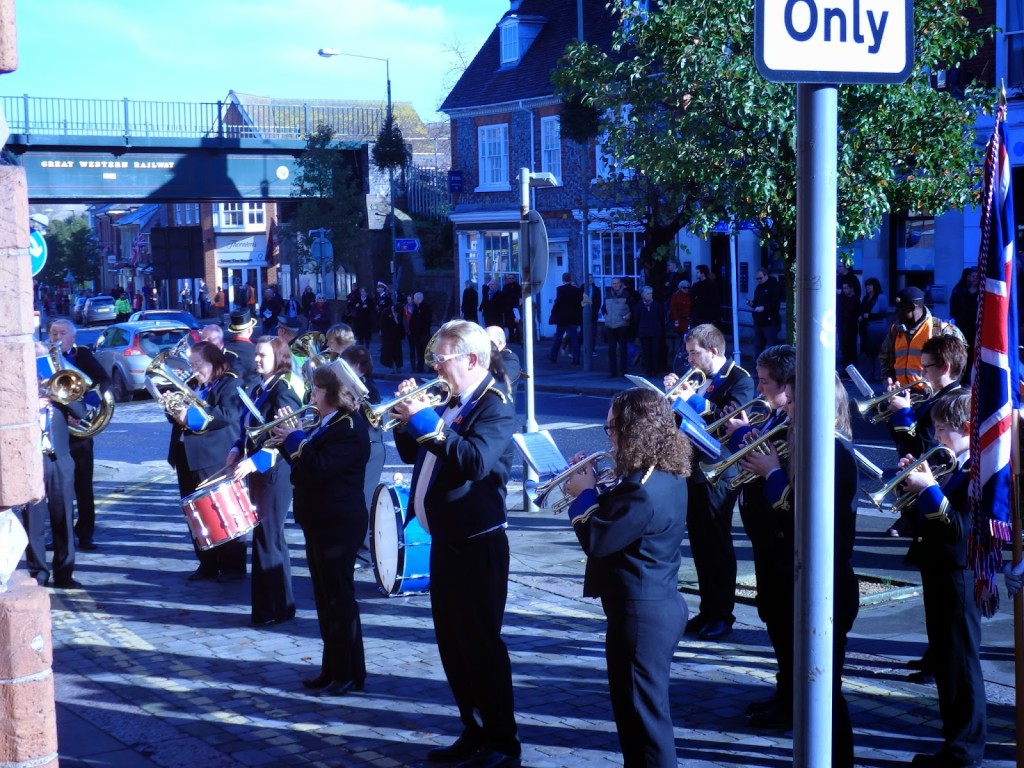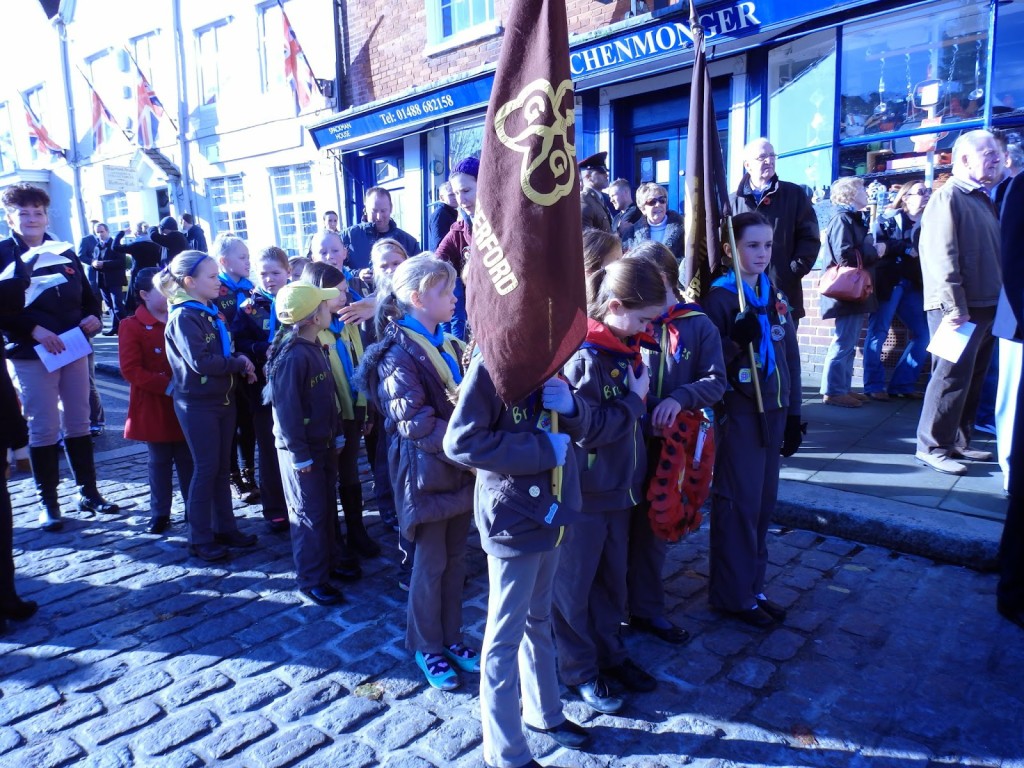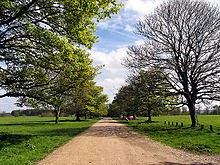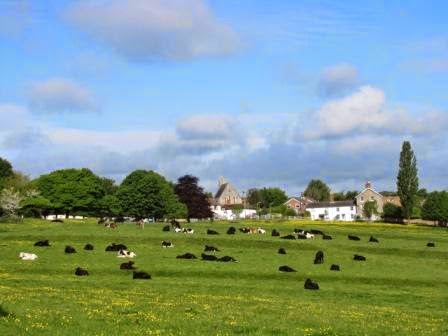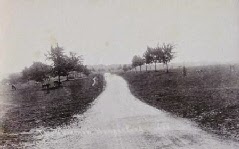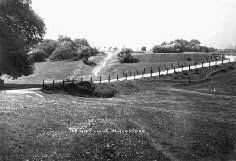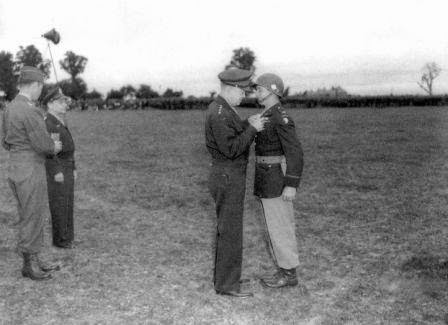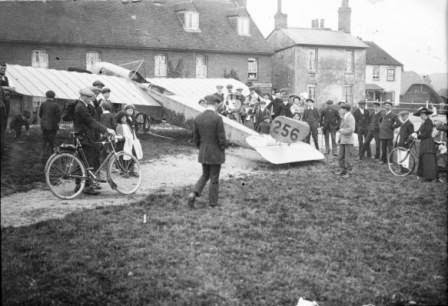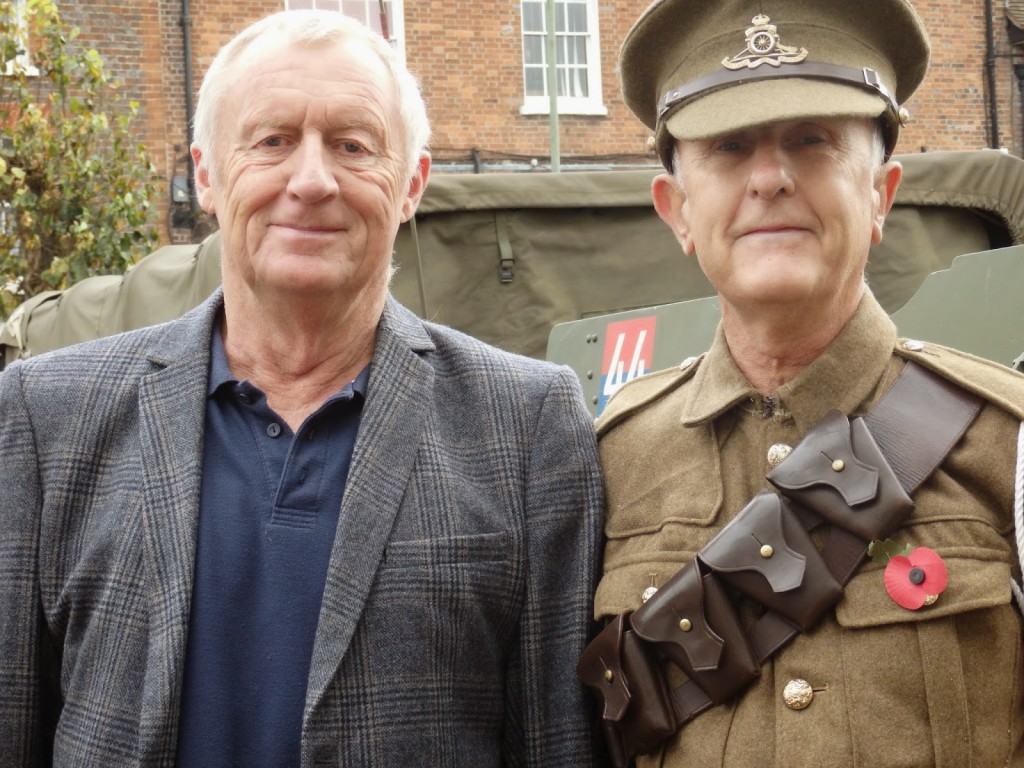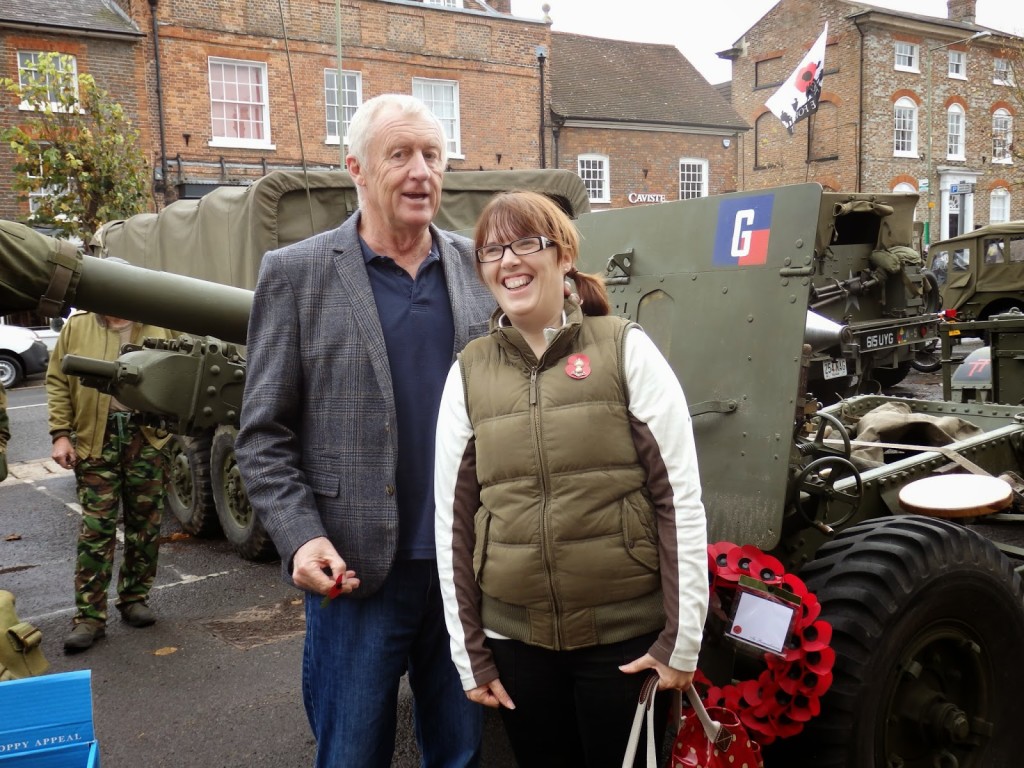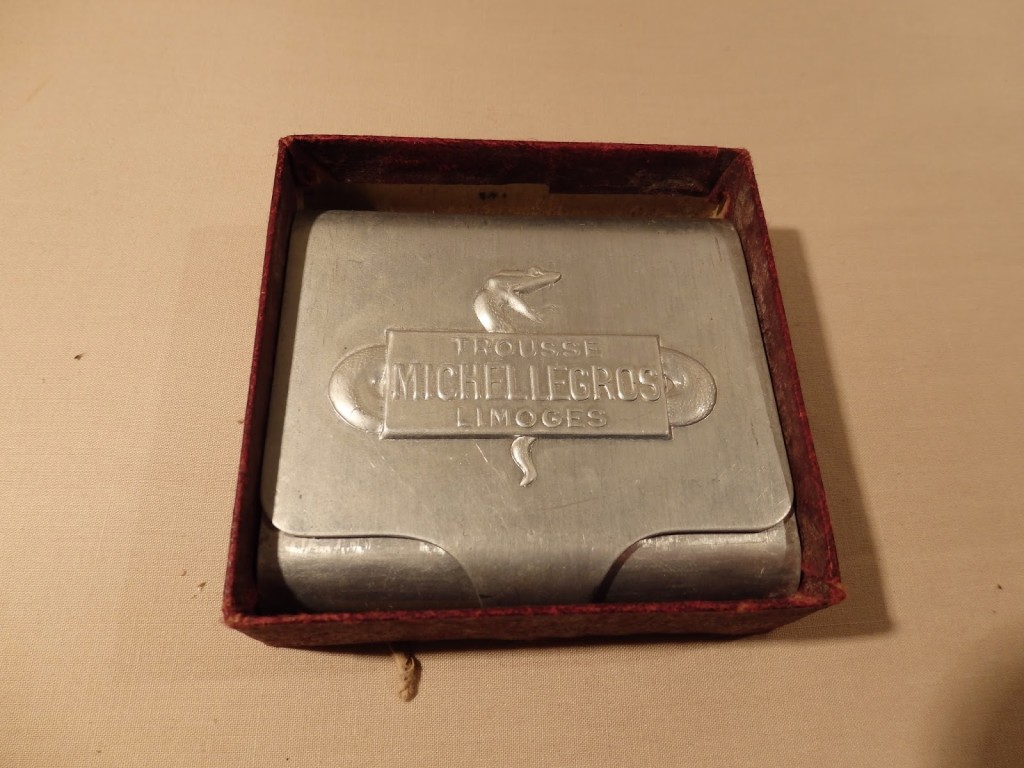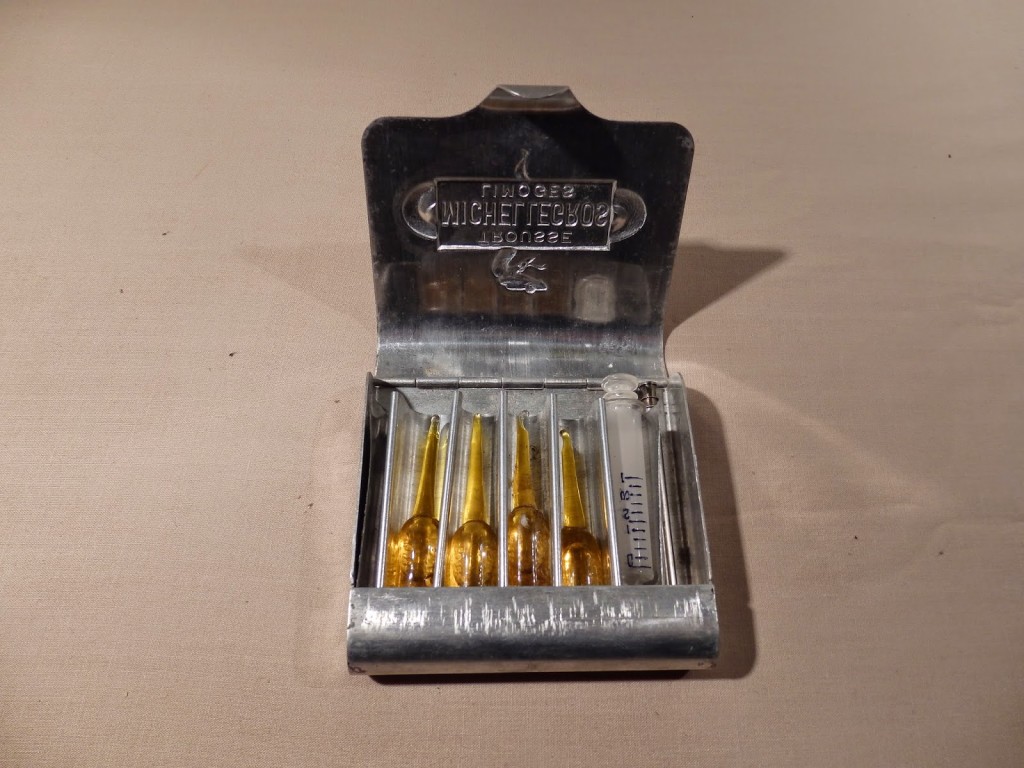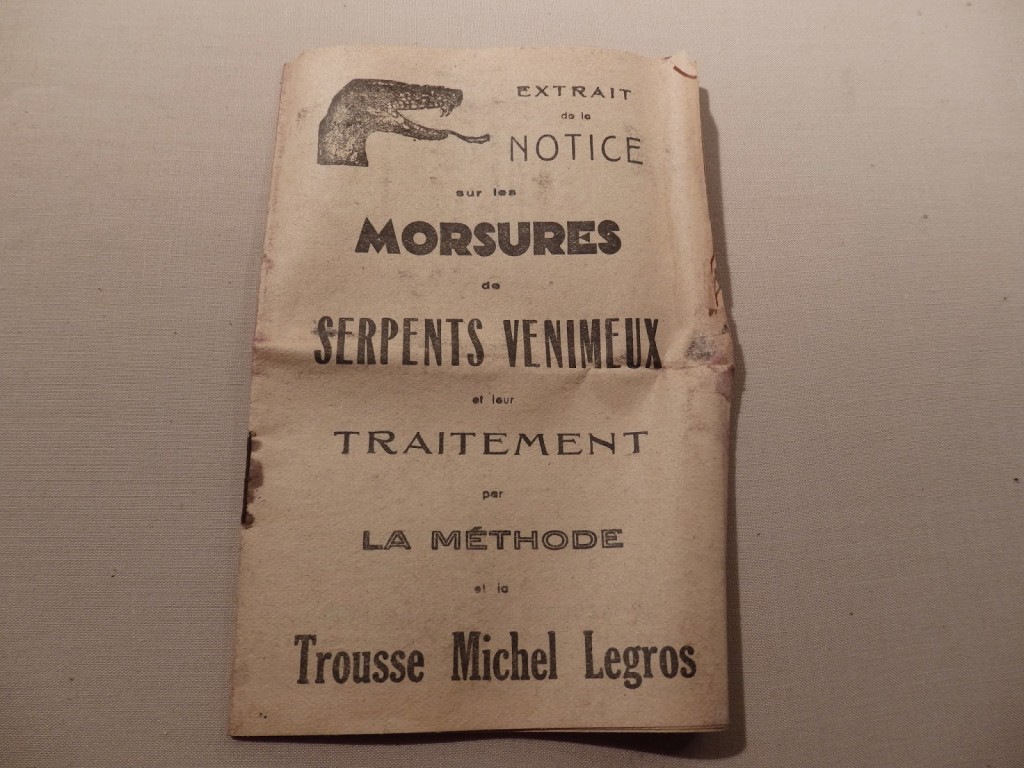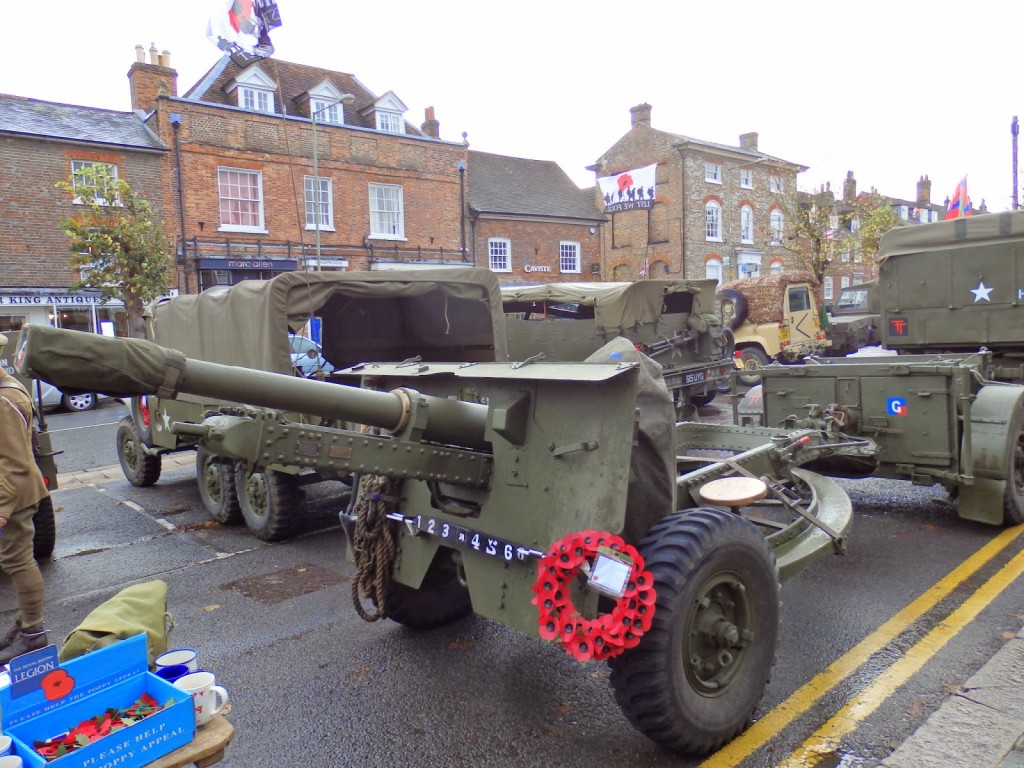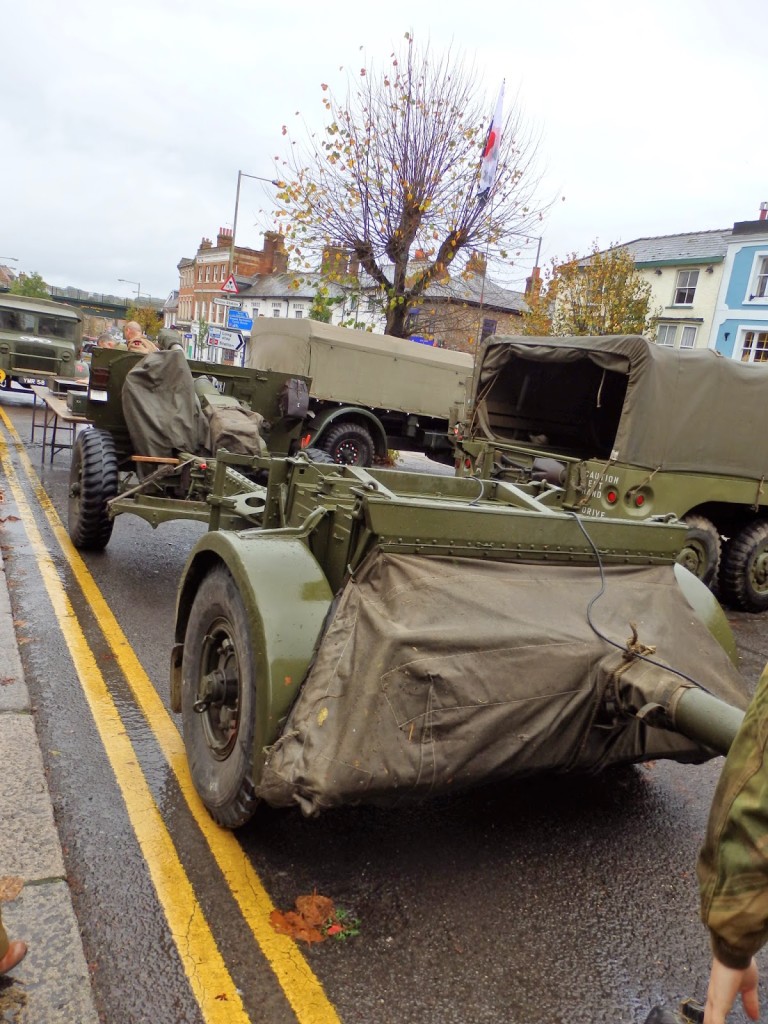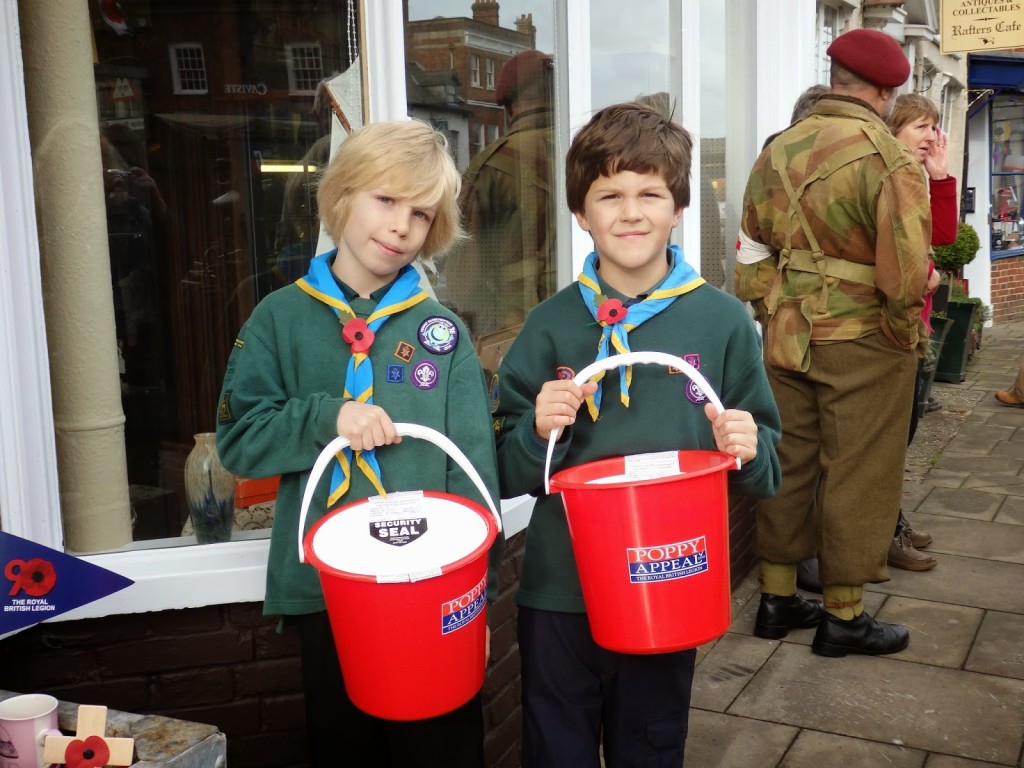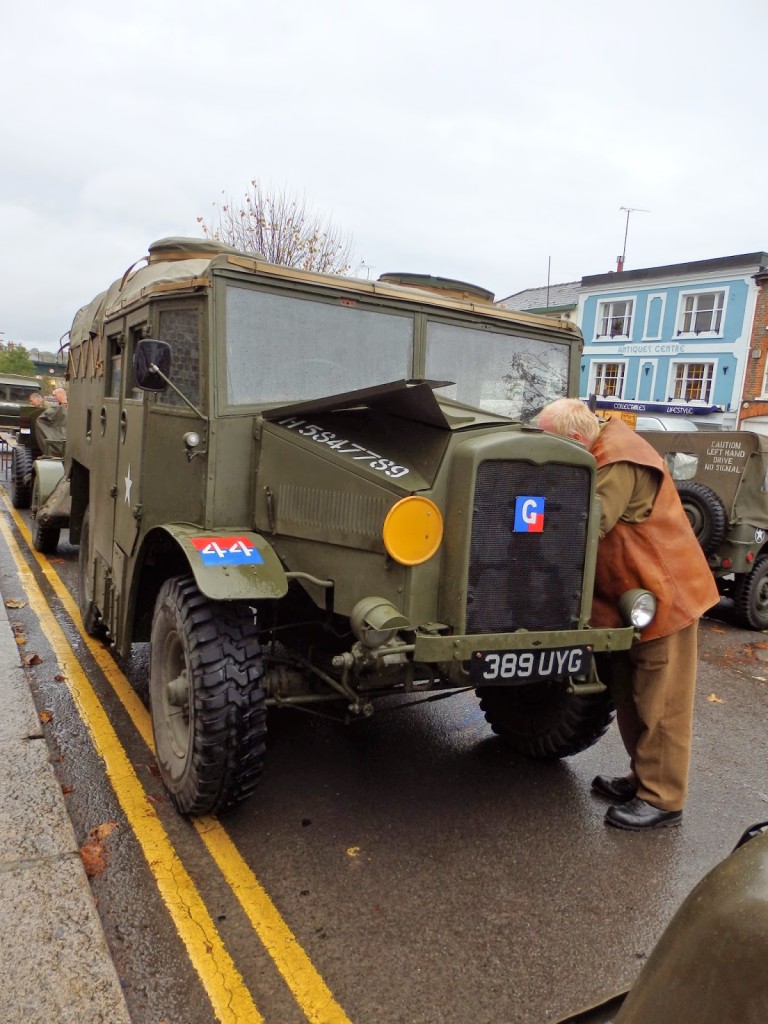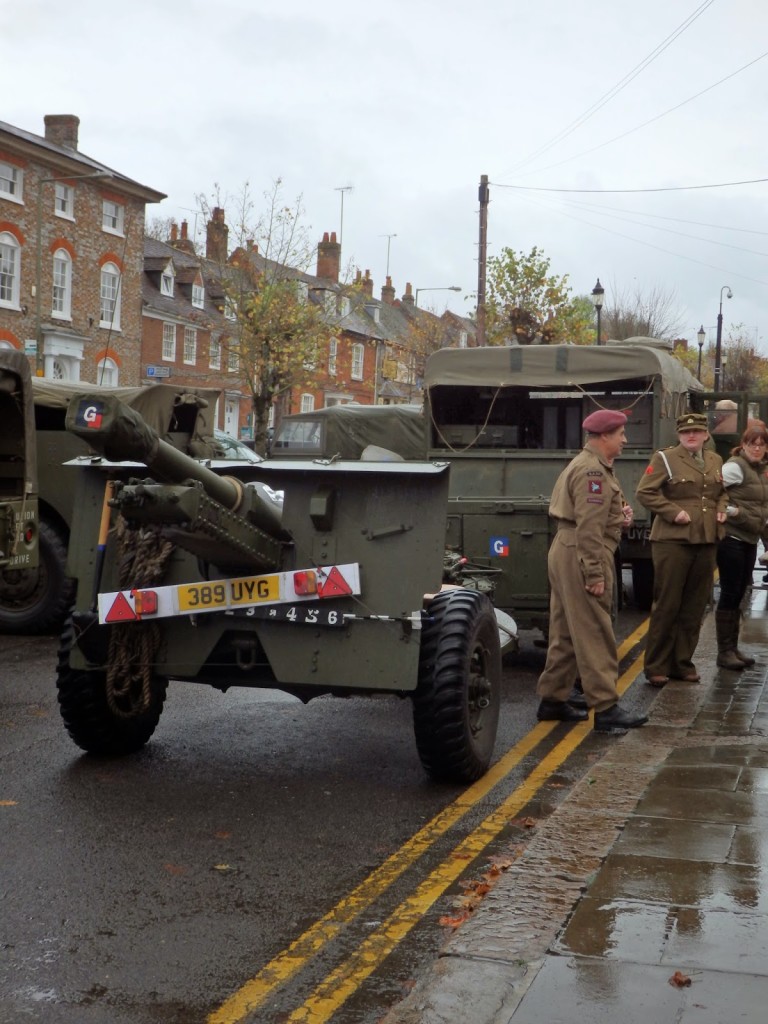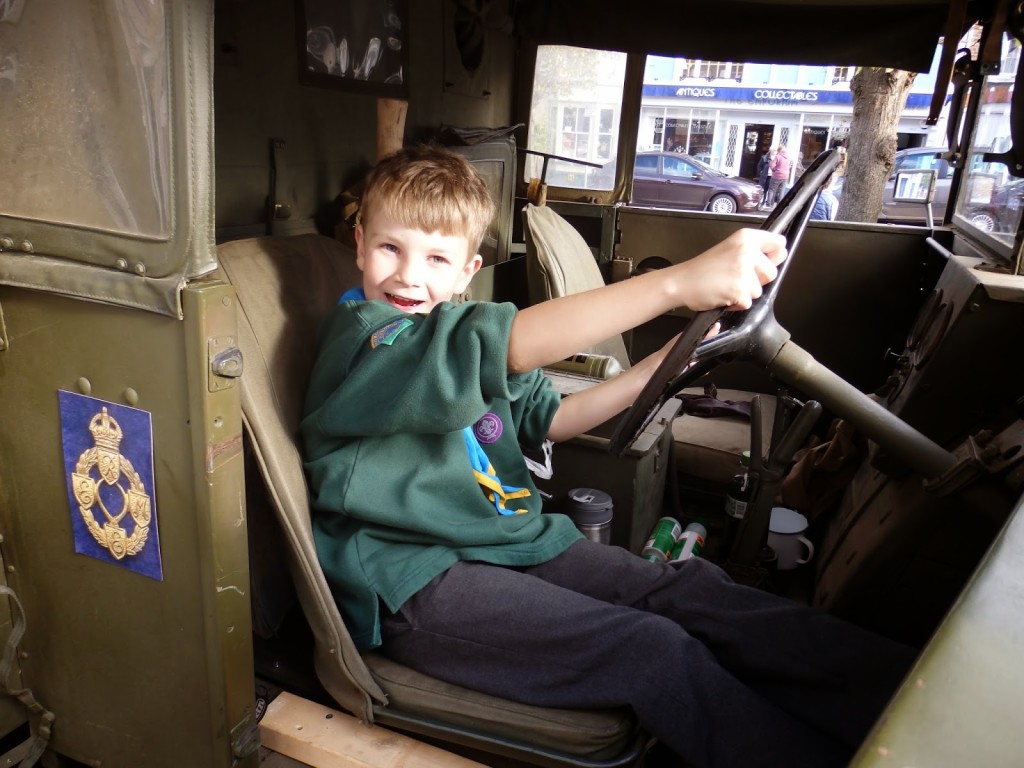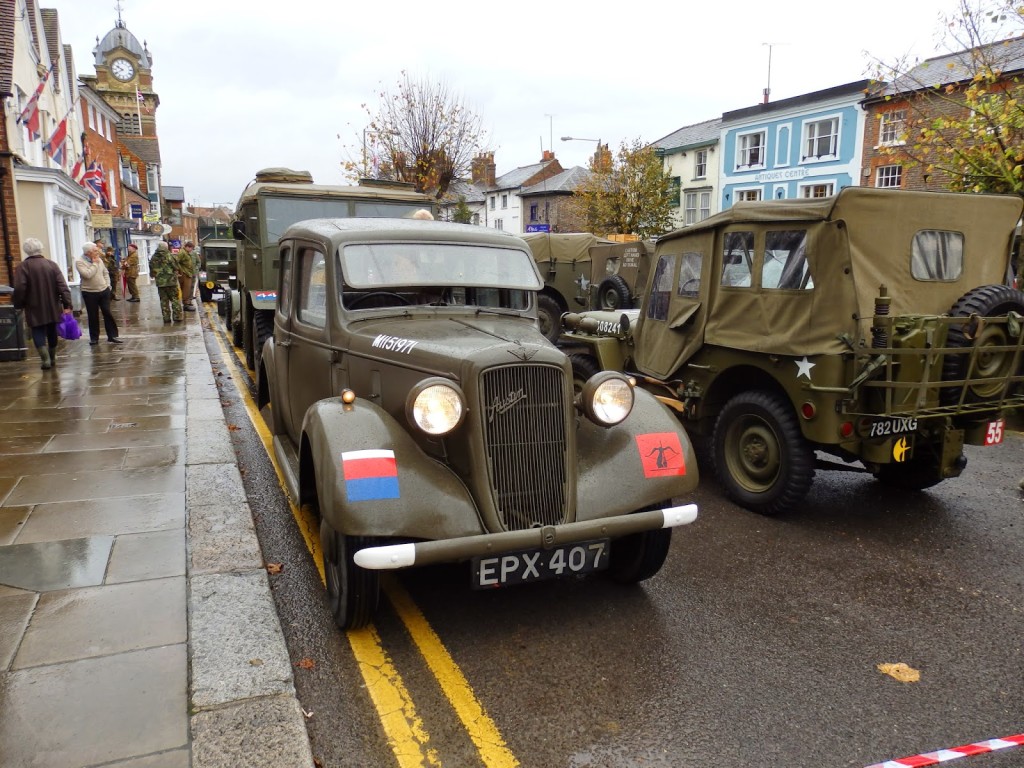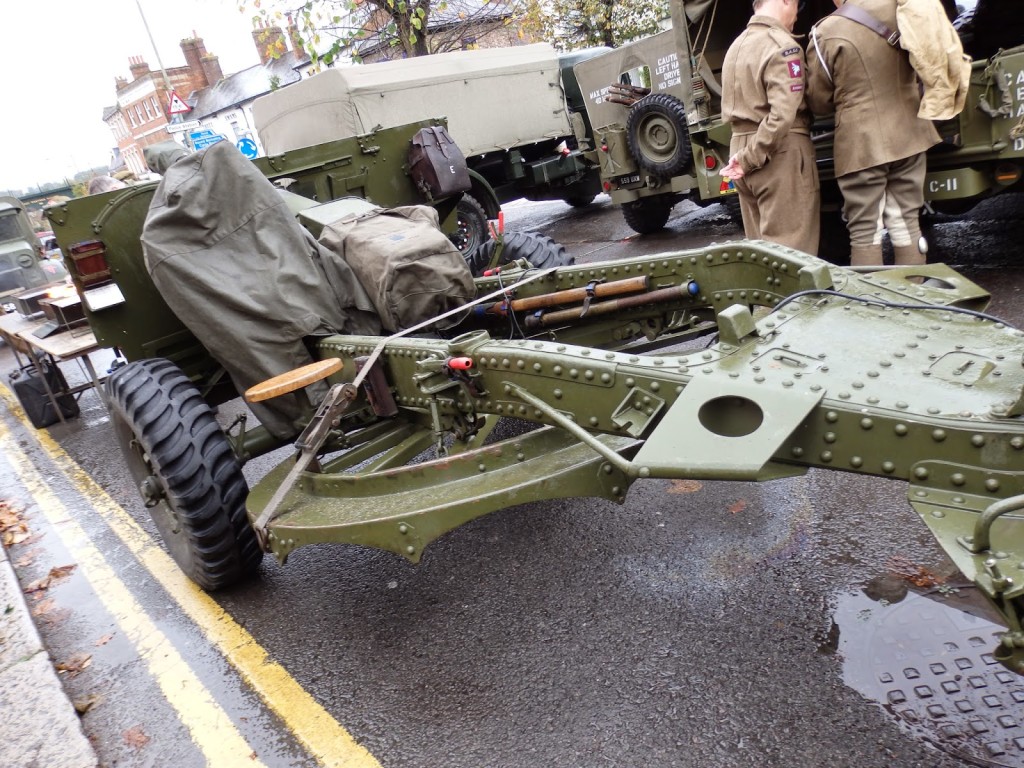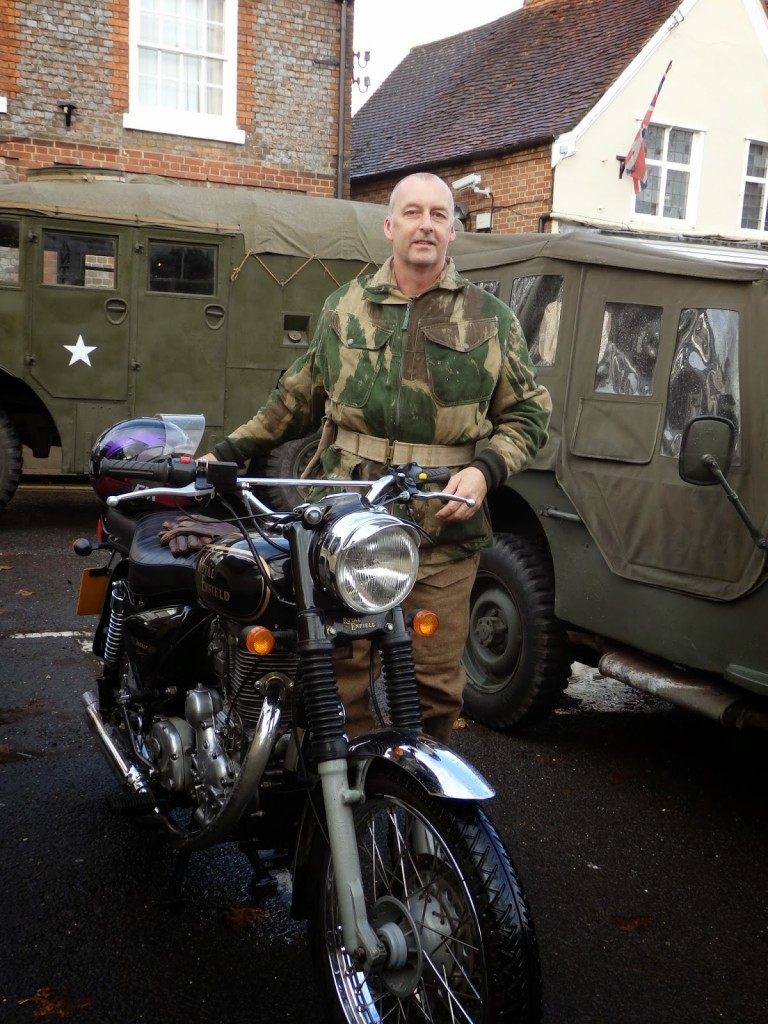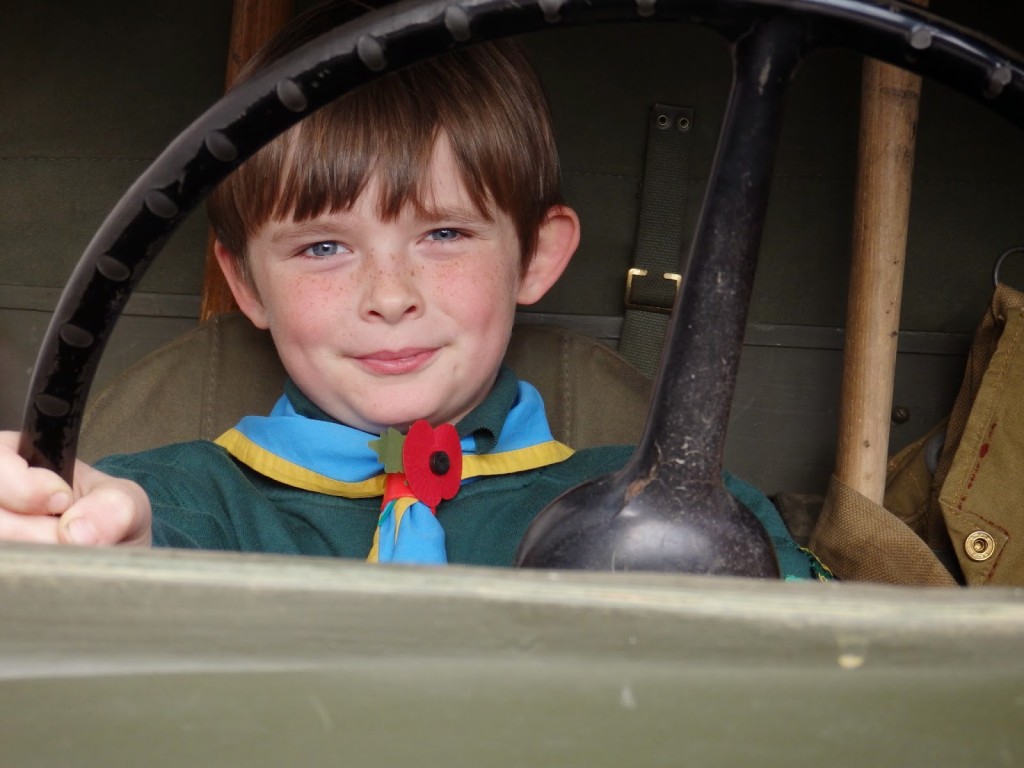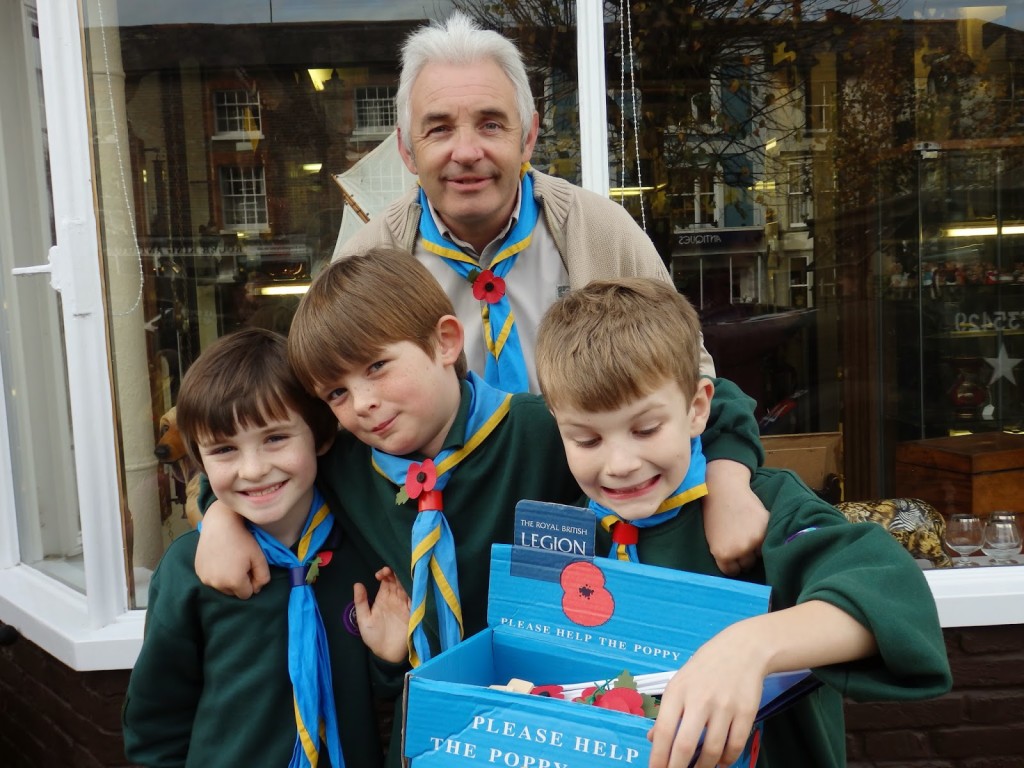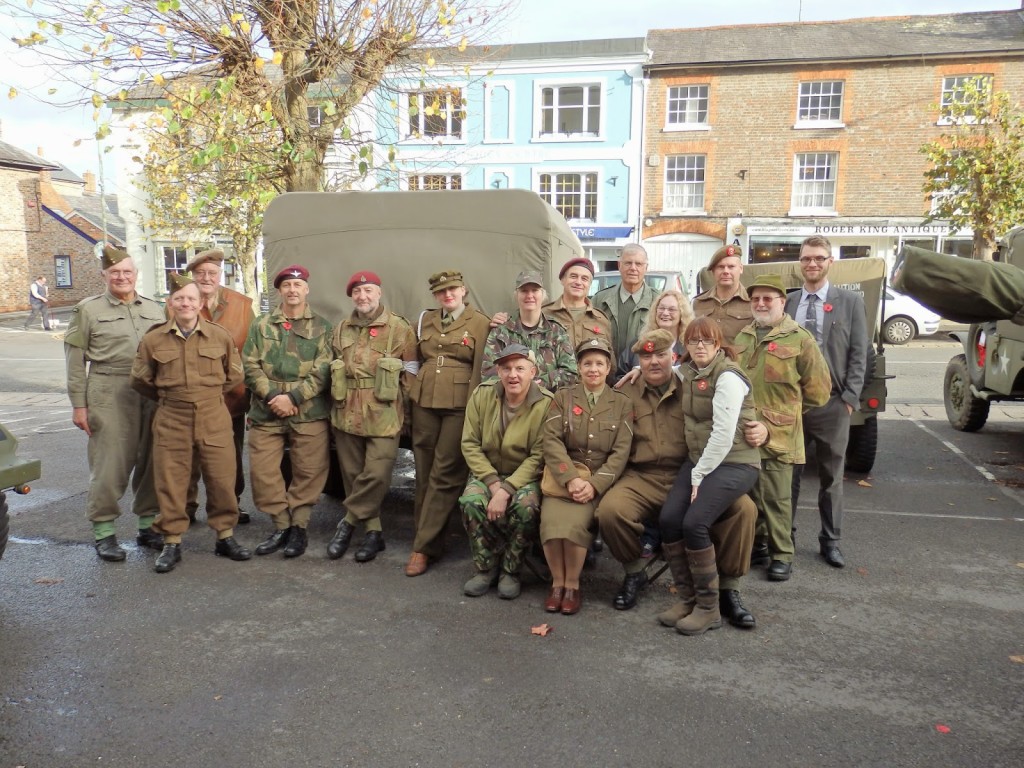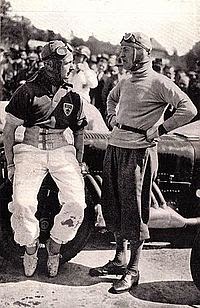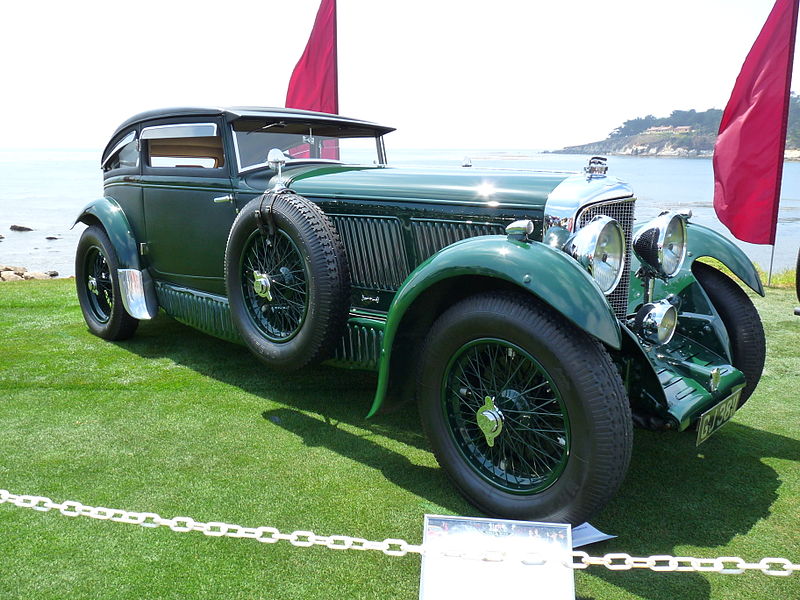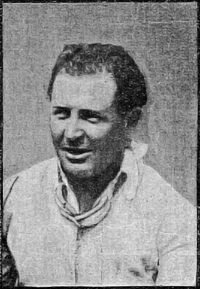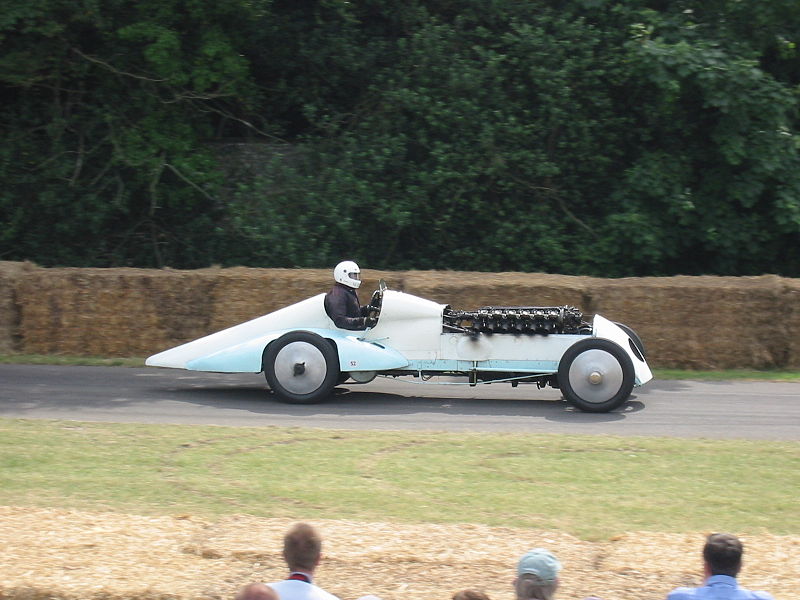A good friend of Hungerford Arcade and a resident in the village of Hilmarton, has written a wonderful article on the discovery in his local church of the original King James Bible. I am sure you will enjoy reading about this historic find.
Rita
St.Laurence church, Hilmarton, Wiltshire, England
The sad passing of Sir Donald Sinden CBE this September, prompted a repeat of the story of the discovery of an original King James Bible in the local parish church of St Laurence Hilmarton in Wiltshire.
Sir Donald was a great supporter of The King James Bible not least because of the wonderful language it brought in to influence English Literature. In 1988 he wrote a book and presented a documentary series on BBC TV about his love of ‘The English Country Church’, inspired by his grandfather’s architectural drawings and watercolours. He also attended a service of commemoration at Westminster Abbey on 16th November 2011 in the presence of Her Majesty the Queen to acknowledge the 400th Anniversary of the great work, of which more later.
In the months leading up to the 400th Anniversary of the King James Bible, members of St Laurence Church Hilmarton discovered that an old Bible that had rested on a shelf at the back of the church for as many years as anyone can remember, was an original printed in 1611 by the King’s printer Robert Barker. The background is as follows:
On the west wall above the shelf was an old sign stating that “this fragment of the Holy Scriptures” (the first five chapters of Genesis unfortunately being missing)
“was found in the Parish Chest, with its chain attached to it and was restored in 1857 and placed in the Church on March 13th, 1858”. The sign goes on to state that “The carved oak binding was entirely the work of the hands of the Reverend Francis Fisher, Vicar of this Parish, who died in October, 1858. This Bible is the Second of two impressions printed in 1611.” A stained glass window on the North Aisle depicting Christ as the Good Shepherd is dedicated to the Revd Fisher.
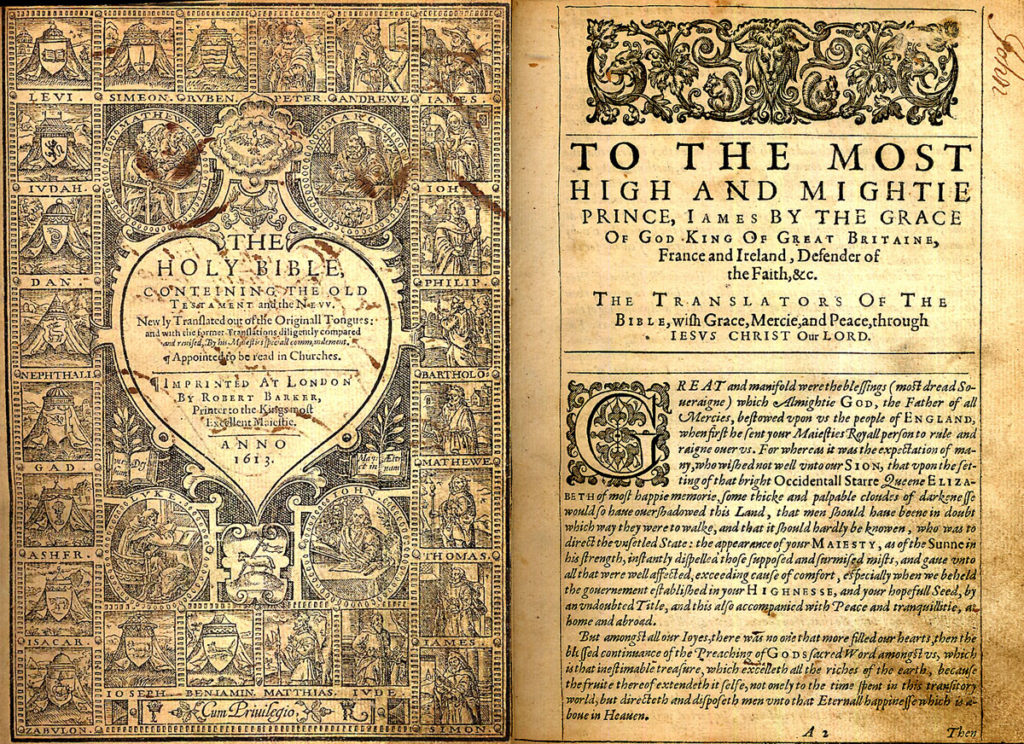
According to the Victoria County History for Wiltshire, “A black letter chained bible, found in the parish chest in 1857, is kept in a glass case in the church”. Of this case there is now no trace, and within living memory, until very recently, the Bible was kept on the open shelf attached to the west wall, where perhaps inevitably it was subjected to minor damage. Could the ‘legend’ be true?
Anniversary Celebrations
In June 2010 the Parochial Church Council (PCC) consulted the Revd David Smith DD of London, England, owner and curator of one of the most extensive private libraries of English Bibles and ancient religious texts in the world. The Revd Smith advised that the Bible was an example of the ‘Great She Bible’ so called because of the misprints (Ruth3:15 “and she went into the city”). and “Judas” Bible, (Mat.26:36, “Judas” for “Jesus”). He judged that the chain was most likely to be original, which together with the unique carved binding added greatly to the Bible’s historical interest. Although lessened by the missing portion and by the trimming of page-ends by the Victorian restorers, the value placed upon the Bible by the Revd Smith was substantial, requiring the PCC to consider most carefully the Bible’s security and preservation for future generations.
Anniversary Celebrations
To mark the 400th Anniversary of the 1611 King James Bible, the St Laurence Church Parochial Church Council commissioned a bespoke oak and glass case to allow this rare and historic artifact to be displayed securely and to be used for at least the next 400 years. Living within the Benefice was a master artist, designer and woodworker who had built furniture, upward of 20 wooden thrones for visiting Archbishops, and for the Archbishop of Canterbury at Lambeth Palace. He was asked to design and make a new display case of contemporary design to reflect today’s commemoration of this rare and historical treasure.
Following a masterful broadcast by CNN’s London correspondent Richard Greene, the church was fortunate enough to receive a number of unsolicited donations from well-wishers in the USA, but most of the funds were donated by generous local individuals and businesses and also heritage trusts.
The CNN broadcast: http://www.youtube.com/watch?v=V8Hh3zAtsLA
Here is the finished article.
Summoned to Westminster Abbey
The congregation of St Laurence Church were honoured to receive an invitation from the King James Bible Trust to take the Bible to Westminster Abbey for a special service on 16th November 2011, to mark the Bible’s 400th Anniversary.
Her Majesty The Queen accompanied by His Royal Highness The Duke of Edinburgh and His Royal Highness The Prince of Wales attended the service of celebration, in association with the King James Bible Trust. The then Archbishop of Canterbury, the Most Reverend and Right Honourable Dr Rowan Williams gave the Address. The St Laurence Bible was one of five placed on the high altar for the service.
The Church and its Bible are worth a visit and details can be found on the website ‘A Church Near You’
http://www.achurchnearyou.com/hilmarton-st-laurence/ If you want to bring a group, this can be arranged and a short talk on the history of the church and the parish can also be organised given time.
For those with access to an ‘i pad’ more information on the parish may be found at the ‘APPLE’ store. A Free ‘App’ entitled Hilmarton A Parish Celebration and a brief history also appears below.
St Laurence Parish and Church
St Laurence Church stands at the heart of our parish of Hilmarton in North Wiltshire and dates back to the 12thCentury. The first known Vicar, John Pencoyt became the incumbent in 1297. Notable features of our church include a nave roof and painted Chancel screen dating from the 15th century, and a pre-reformation door to the Tower which was re-modelled in 1840 and houses a peal of six bells, the oldest dating from 1450 and which are still regularly rung by an enthusiastic team.
The west window in the north aisle is dedicated to St George and General Gordon, and is the parish War Memorial to those men lost from the parish during the Great War 1914-1918. Brass plaques on each side of the window display the names of the fallen and a plaque below the window contains the names of those lost in World War Two. On the East wall a window above the altar depicts our Patron St. Laurence holding a gridiron (which as you know was the grisly instrument of his martyrdom).
Geoff Procter




